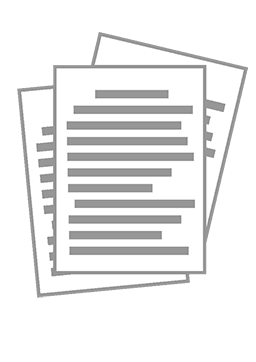Extras din proiect
As the job of CIO continues to evolve into more than managing bits and bytes, the role of change-agent is topping the list of new job responsibilities
The CIO position is changing in response to a turbulent, hypercompetitive business market, in which organizations increasingly turn to technology and business process innovation to gain competitive advantage.
Today the most critical success factor for the CIO to operate effectively as a change-agent is collaborative executive leadership.
In addition to serving as an effective catalyst for change, CIO s must also play a key role in seamlessly integrating the key components of business transformation: technology, processes and people.
Information Communications Technology - or technologies (ICT) is an umbrella term that includes all technologies for the communication of information.
It encompasses: any medium to record information (whether paper, pen, magnetic disk/ tape, optical disks - CD/DVD, flash memory etc); and also technology for broadcasting information - radio, television,; any technology for communicating through voice and sound or images- microphone, camera, loudspeaker, telephone to cellular phones.
At present, it is apparently culminating to information communication with the help of personal compouters (PCs) networked through the Internet through information technology that can transfer information using satellite systems or intercontinental cables.
Business processes represent the way an organization conducts its business. They are the way businesses harness technology to achieve organizational goals and strategies. The process methodology embraced by a specific company supports its ability to effectively and efficiently perform. Processes represent people's accountabilities, their roles, relationships, and segmented skills in combination with automation, lending to the achievement of maximum productivity.
Information Technology Governance, IT Governance or ICT (Information & Communications Technology) Governance, is a discipline focused on information technology (IT) systems and their performance and risk management The rising interest in IT governance is partly due to compliance initiatives (e.g. Sarbanes-Oxley (USA) and Basel II (Europe)), as well as the acknowledgment that IT projects can easily get out of control and profoundly affect the performance of an organization.
A characteristic theme of IT governance discussions is that the IT capability can no longer be a black box. The traditional handling of IT management by board-level executives is that due to limited technical experience and IT complexity, key decisions are deferred to IT professionals. IT governance implies a system in which all stakeholders, including the board, internal customers and related areas such as finance, have the necessary input into the decision making process. This prevents a single stakeholder, typically IT, being blamed for poor decisions. It also prevents users from later complaining that the system does not behave or perform as expected:
A board needs to understand the overall architecture of its company's IT applications portfolio … The board must ensure that management knows what information resources are out there, what condition they are in, and what role they play in generating revenue…
There are narrower and broader definitions of IT governance. Weill and Ross focus on "Specifying the decision rights and accountability framework to encourage desirable behaviour in the use of IT.“
In contrast, the IT Governance Institute expands the definition to include underpinning mechanisms: "… the leadership and organisational structures and processes that ensure that the organisation’s IT sustains and extends the organisation’s strategies and objectives.
Conținut arhivă zip
- ITStrategy.ppt




